Technical Division
The Technical Department is a division that provides technical support to the research community of the MPQ laboratory.
It comprises specialized professionals in various fields, facilitating multidisciplinary technical advancements.
The Technical Department also initiates projects for the development of calibration benches and automatic characterization to address recurring needs, such as temperature sensor measurement (K-type thermocouples, PT100, PT1000, etc.), in conjunction with automation and PID control.
This service encompasses electronic, mechanical, and vacuum design offices, as well as workshops specialized in these areas. Moreover, it possesses a dedicated IT department responsible for managing the laboratory’s system infrastructure and network.
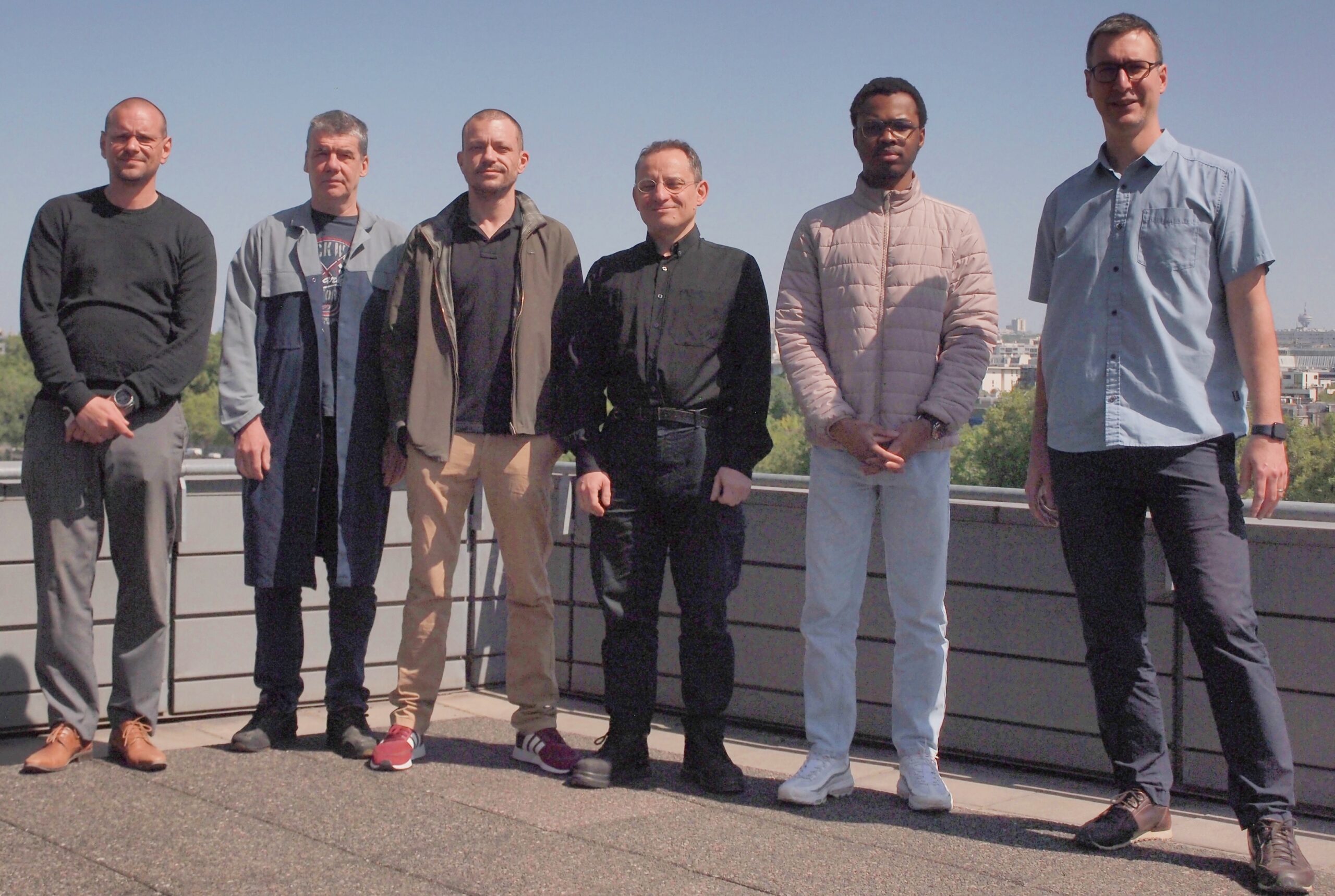
Technical Departement
MPQ Laboratory – 05/2023
Areas of expertise :
Vacuum and Cryogenics Department
Jack COMPAIN
- Design and ultra-high vacuum chamber realization
- Conductance calculations, pumping speed
- Implementation and maintenance of pumping systems
- Implementation and maintenance of pressure gauges
- Ongoing training on cryostats present in the laboratory
- Ongoing training on associated instrumentation and programming/interface Software development (LabVIEW)
IT Department
Loïc NOËL
- IT Correspondent for the DSIN at Université Paris Cité.
- Information Systems Security Correspondent (CSSI) for CNRS.
- Project management related to system and network infrastructure.
- Hardware asset management.
- Software asset management.
- Deployment and management of infrastructure servers.
- Website management.
Instrumentation Department
Batiste JANVIER and Olivier SPIGA
- Low-frequency analog electronics (OP-AMPs, transistors)
- Digital electronics (ATMEL, MICROCHIP microcontrollers)
- Implementation of temperature sensors (PT100, thermocouples, digital circuits)
- Signal generation (DDS, MAX038, DAC)
- PID-controlled systems Automatic bench (temperature calibration and determination of PID coefficients)
- Displays (LCD, touchscreen TFT, OLED) and interfacing (USB, RS232, SPI, I2C, UDP)
- Multilayer PCB design Software development (LabVIEW)
- Imaging (IMAQ) & Optical design for alignment sensor – Automatic alignment
- Screen printing (Galva)
- Integration (SOLIDWORKS layout, component and wiring assembly)
Mechanical Department
Martial NICOLAS and Christophe BISSONAUTH
- Design of mechanical parts (CAD – SOLIDWORKS – CATIA)
- Standardized drawing (CAD – SOLIDWORKS – CATIA)
- Design of complex assemblies (CAD – SOLIDWORKS – CATIA)
- Design of parts for plastic and metal 3D printing (CAD – SOLIDWORKS – STL)
- Design of plastic injection molds (CAD – SOLIDWORKS)
- Machining of Aluminum, Stainless Steel, Steel, Copper, Brass, Teflon, PVC, etc.
- Conventional machining (milling, turning)
- Machining on digital machines using a HURCO VM5i machining center and a 3D printer (CAM – Conversational – GCODE)
Some technical achievements :
Project "Piégeage d’ions à deux espèces" - QITE
The Technical Division was responsible for defining, designing, and implementing the opto-mechanical and electronic architecture of an experimental setup to perform photon counting and imaging using synchronized sequences with laser drivers. This development aims to enable the detection of ions in a two-species trap through fluorescence imaging and photomultiplier detection.
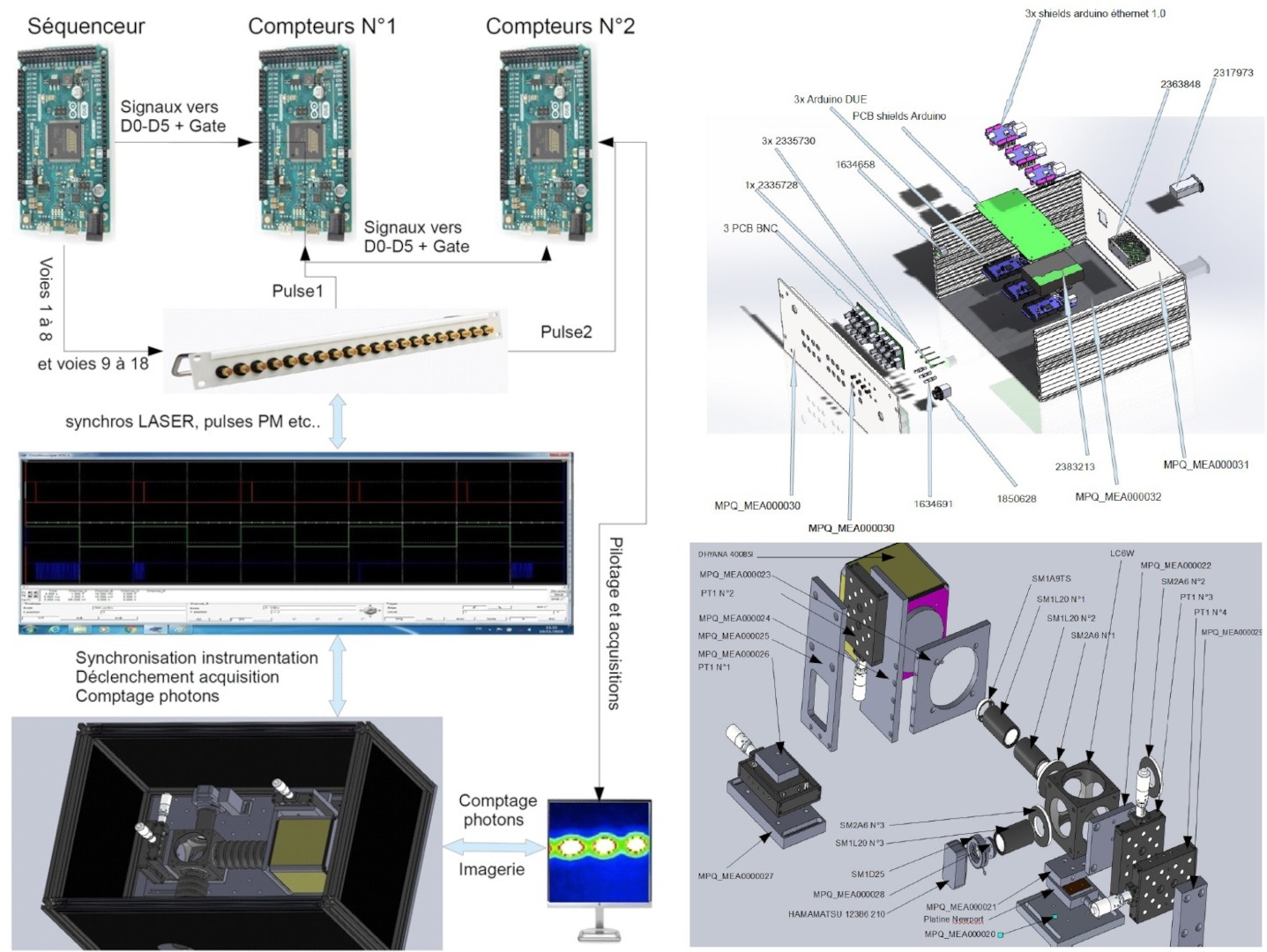
Figure 1 : Développements dans le cadre du projet “Piégeage d’ions à deux espèces”
Project "PCB haute tenue en température avec blindage CEM" – TELEM
We undertook the design of a PCB (Print Circuit Board) enabling the thermal coupling of a sample holder, a 4-wire PT100 probe, and a miniature heating cell known as HEATER.
This PCB (RO4350 technology) allows heating of the mentioned elements up to 280°C and needs to be enclosed within a shielding mechanism equipped with 20 BNC and HIROSE connectors.
This development has enabled the TELEM team to perform thermo-electric measurements on molecular junctions etched on samples. The obtained measurements have significantly improved accuracy.
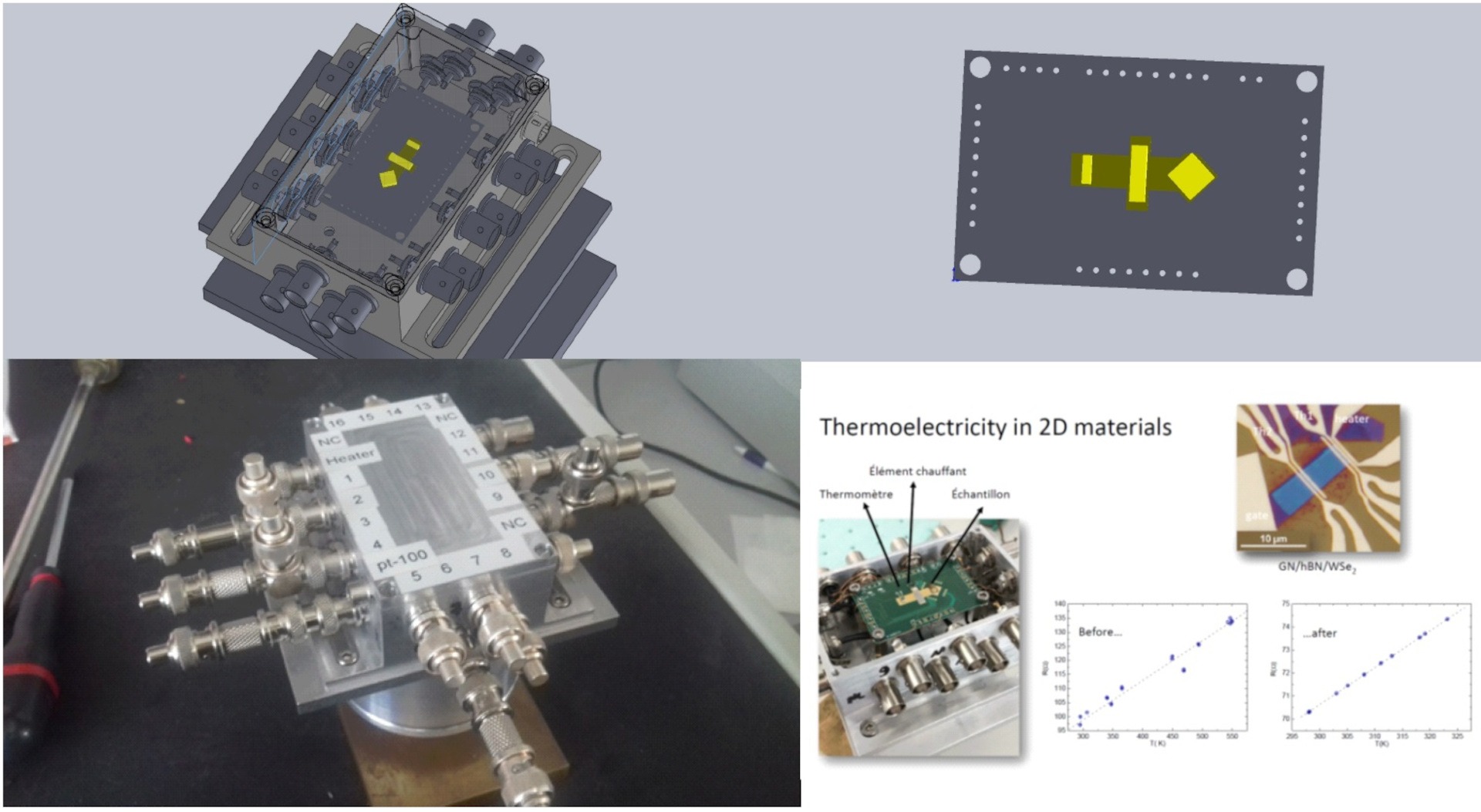
Figure 2 : Développement électronique et mécanique projet “PCB Haute tenue en Température”
Project "Automatisation de bombardement recuit" – STM
The purpose of this development is to automate the ultra-high vacuum bombardment and annealing of samples on an STM microscope chip (VT-Moke). The instrumental system, consisting of measurement and control electronics, mechanics, and the control software, was designed and implemented within the Technical Division.
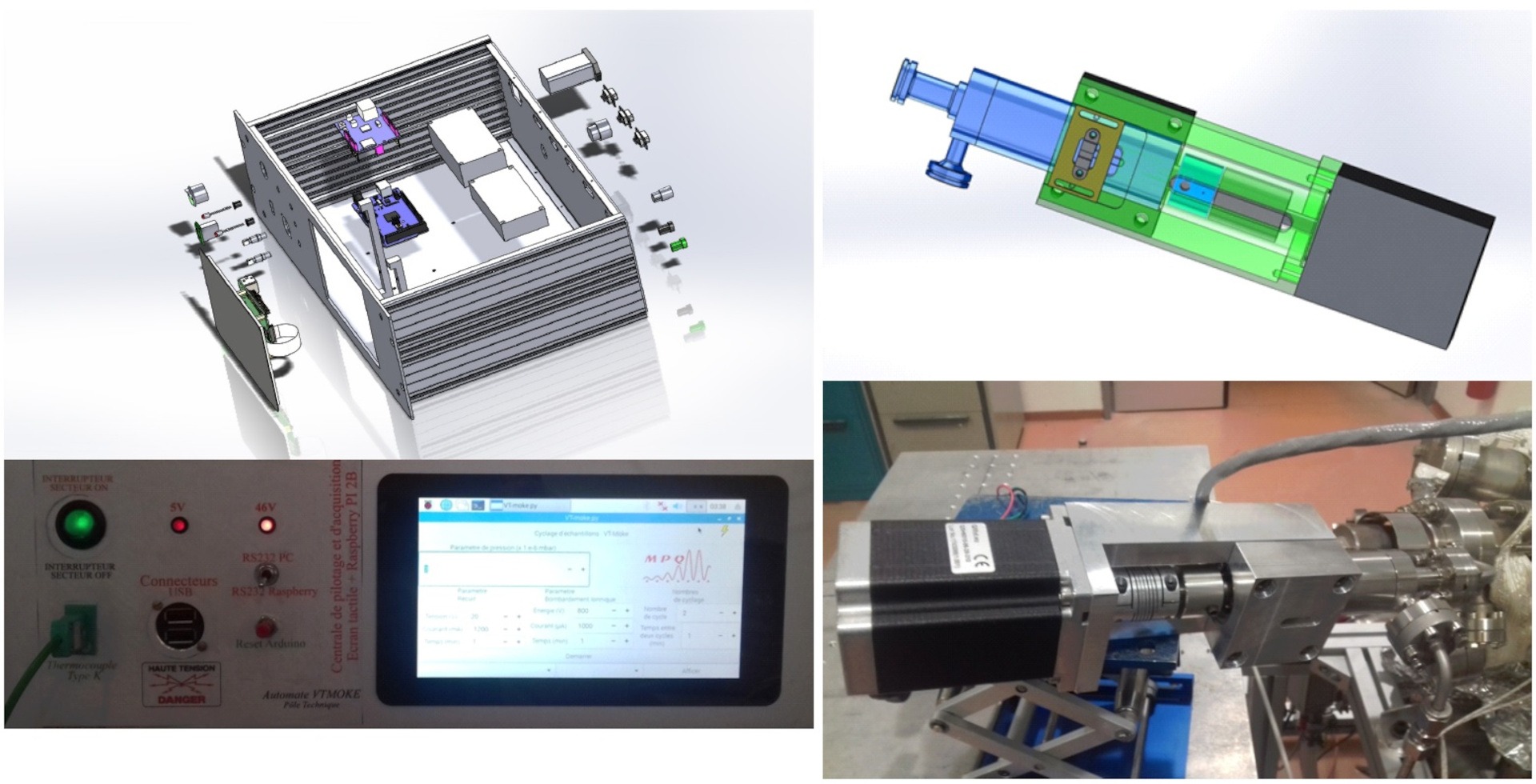
Figure 3 : Développement électronique, mécanique et software dans le cadre du projet “Automate Bombardement recuit”
Project "Automatisation PID" – Pôle Technique
Given the various control systems utilized within the laboratory, the Technical Division has initiated the development of an automation system capable of regulating multiple systems (heater control, cryostat, experimental air conditioning, and continuous motor speed control). This automation system is part of a broader project aimed at developing a measurement and acquisition system for defining and controlling P, PI, PD, PID, P/PID regulation (determination of Kp, Ki, and Kd coefficients in open and closed-loop using the Ziegler/Nichols method). The alpha version of this system was developed as part of an internship by Mehdi CHELOUAH, under the supervision of their advisor.
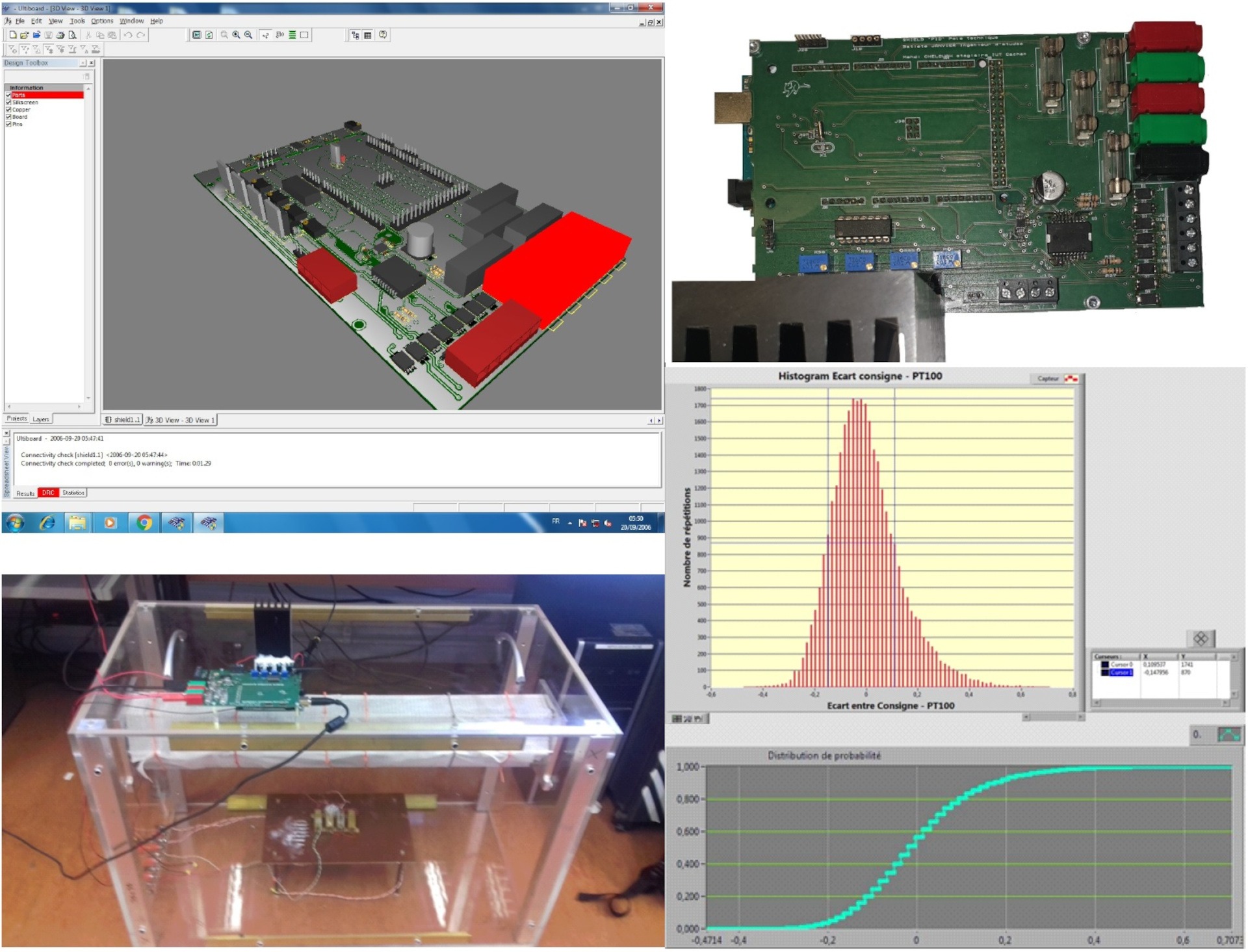
Figure 4 : Banc de calibration des coefficients PID / Régulations de HEATER meilleures que la précision PT100 autour de 0°C (±0.15°C)
Project "Banc de calibration en température" – Pôle Technique
Many temperature measurements are performed as part of the research conducted by the laboratory teams. In order to achieve absolute precision, these measurements must be carried out using calibrated controllers. The Technical Division develops automation systems that allow for the measurement of various temperature sensors such as type K thermocouples or PT100/PT1000. To calibrate these sensors in conjunction with their measurement electronics, a project for an automatic calibration bench has been initiated. This project was developed by an intern in the TECHMECS professional license program, Kheireddinne ZAÏEL, under the supervision of their advisor.
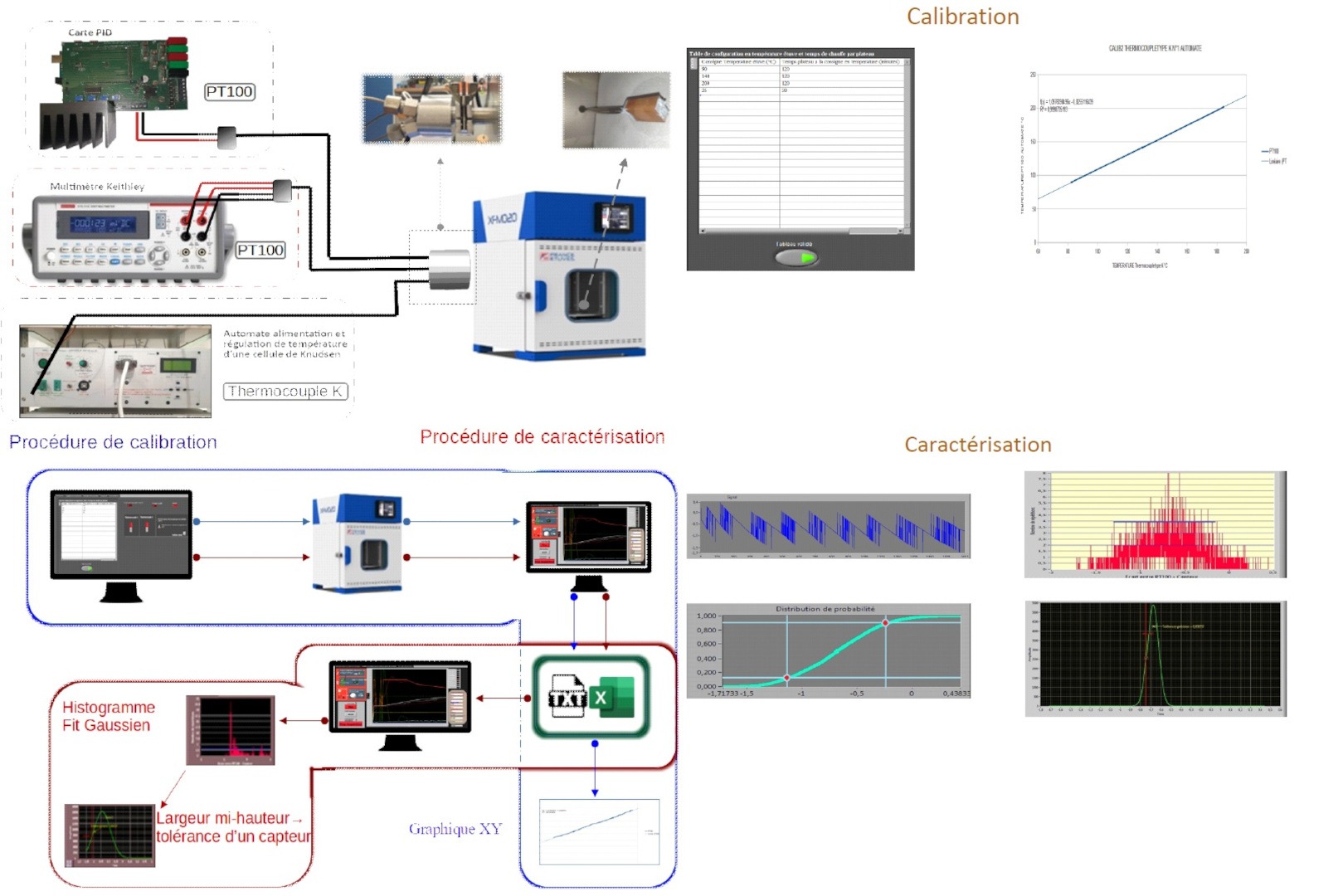
Figure 5 : Banc de calibration et de caractérisation de capteurs de température associés à leur électronique de lecture
Project "MONTANA" – TELEM
Project "Alimentation U/I et régulation en température d’une cellule de KNUDSEN" - STM
The Technical Division was tasked with the design and implementation of an instrument for supplying voltage/current (U/I) and temperature regulation of a KNUDSEN-type evaporation cell. This project involved reusing the work from the automatic determination bench of the Kp, Ki, and Kd coefficients for P, PI, PD, PID, or P/PID regulation. Additionally, this automation system was temperature calibrated on both reading channels of the type K thermocouple using the aforementioned temperature calibration bench.
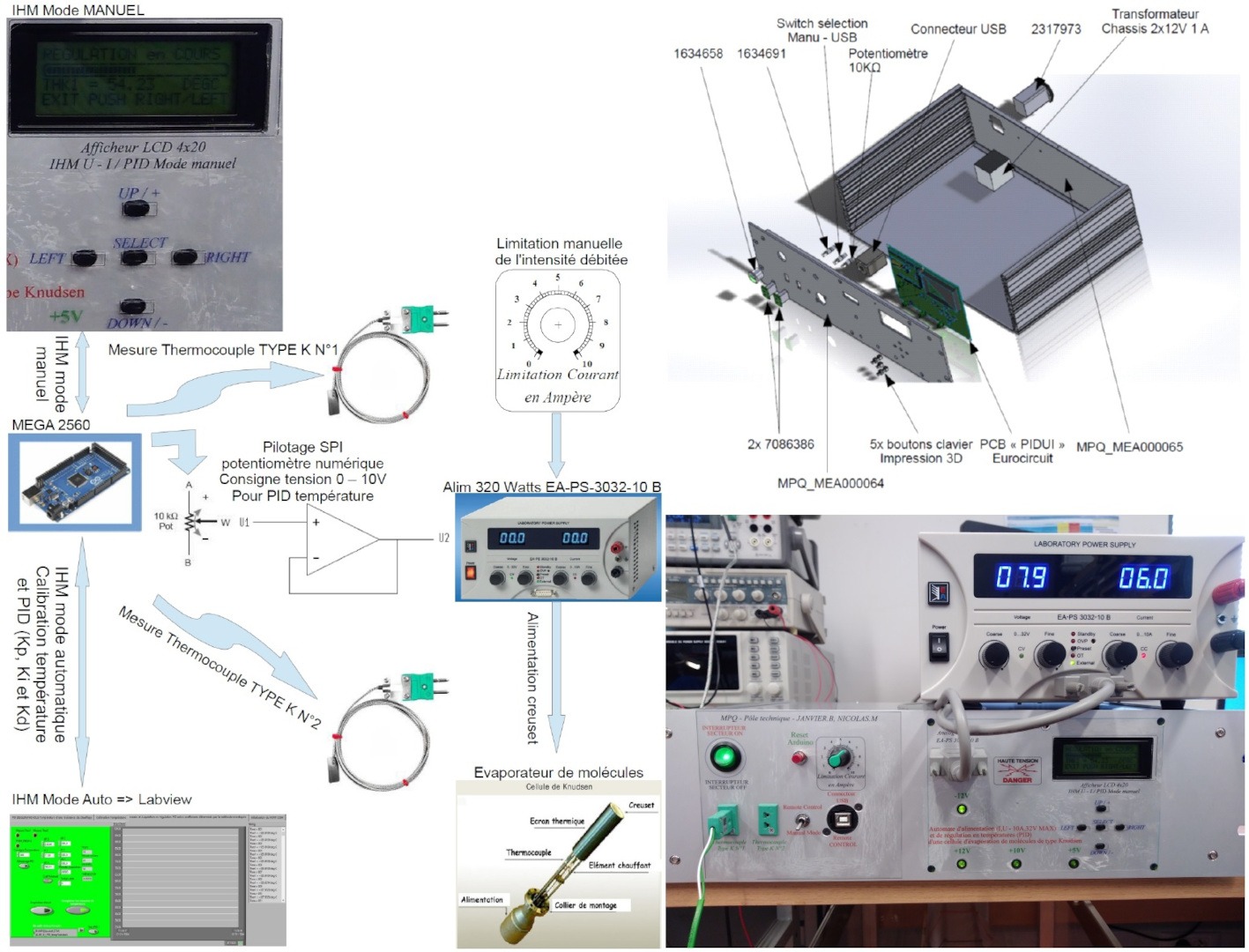
Figure 6 : Développement instrumental dans le cadre du projet “Alimentation U/I et régulation en température d’une cellule de KNUDSEN”
Project "Valise de transfert – Stockage multi-échantillons" - STM
In order to transport samples in a clean environment, an ultrahigh vacuum transfer case was designed and manufactured. The purpose of this development was to modify the sample holder so that the case could accommodate multiple samples (three) for conducting all the necessary tests within the required timeframe. To achieve this, a three-tier drawer-like storage system had to be designed. A system utilizing flexible lamella retainers was developed to prevent the samples from dislodging from their compartments during the movement of the transfer case.
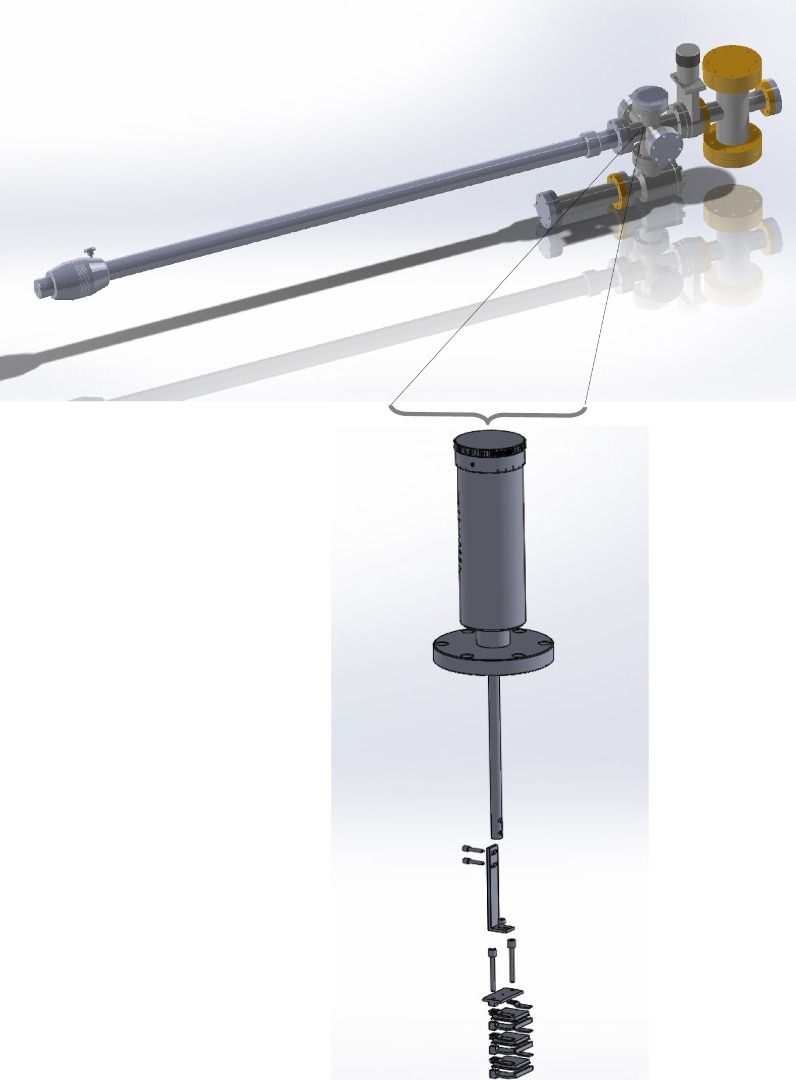
Figure 7 : Conception, réalisation d’un support multi-échantillons compatible ultra-vide
Project "Enceinte four strontium ultra-vide" – QITE
The QITE team had the objective of building a new optical test bench that would include a strontium furnace operating at low pressures (P<10-7 mbar). The Technical Division was responsible for the design, construction, and vacuum sealing of the entire enclosure.

Figure 8 : Conception, réalisatio, montage et mise en vide et essais enceinte four strontium
Projects "Montage de positionnement multiple PCB étagé RF" – "FMR" – TELEM
The department undertook the design and construction of a new experimental setup for the TELEM team. The objective was to perform electrical measurements, ranging from low frequencies to microwave frequencies, on nano-circuits fabricated in a cleanroom environment, all under an applicable magnetic field in an arbitrary direction. To achieve this, the technical division oversaw the design of layered PCBs and provided advice on electronic card manufacturing. We were responsible for the design and construction of custom sample holders, as well as the positioning and motorized rotation system for the entire setup within the air gap of a magnetic field coil. This development enabled the TELEM team to embark on a new activity focused on the excitation and detection of spin waves in van der Waals heterostructures of two-dimensional materials.

Figure 9 : Suivi de conception et conseil en fabrication PCB, conception, réalisation et montage du set up expérimental FMR
Montures de guidage de deux fibres optiques – Project "CELL POOL" – DON
As part of optomechanical experiments in a liquid medium for high-frequency cell motion detection, the Technical Division was tasked with the design and construction of two fiber holders using a so-called “elephant trunk” geometry. These holders allow for the immersion of injection and collection optical fibers into a liquid container, along with two supporting blocks that interface with the existing optomechanical setup.
The mechanical fabrication phase involved 3D printing the parts for validation prior to machining the “elephant trunks” on digital machine tools.
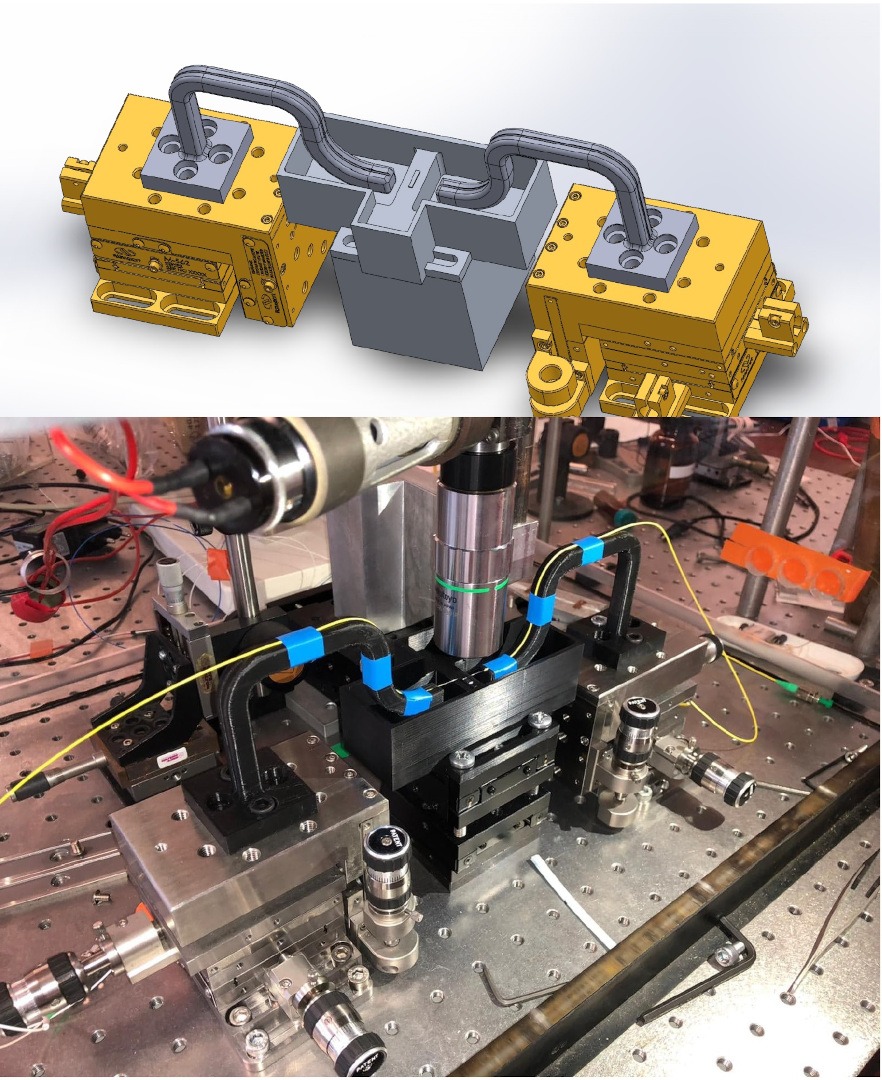
Figure 10 : Set up mécanique – projet CELL POOL
À lire aussi

TUPHO, for large-scale production of integrated photonic circuits
The TUPHO project is an initiative that aims to bridge the gap between upstream innovation and large-scale production in the integrated photonic circuits (PICs) industry. It is led by Hamidreza Neshasteh and Ivan Favero, members of the Light and Mechanics team at MPQ...

On-Chip Ferromagnetic Resonance for van der Waals Heterostructures: Anisotropy and Damping of Cobalt Interfaced with Exfoliated 2D Materials
A collaboration between the technical hub, the clean room platform and the TELEM group at MPQ laboratory has developped a new experiment demonstrating that standard broadband ferromagnetic resonance can still be effective to probe the magnetization dynamics of “thin...

Materials science – When the surface reaches deep inside…
Crystalline surfaces often exhibit reconstructions, usually assumed to affect only a few atomic layers below the surface. A collaborative study (conducted by the Matériaux et Phénomènes Quantiqueslaboratory in Paris, the Institut P’ in Poitiers, and the SixS beamline...
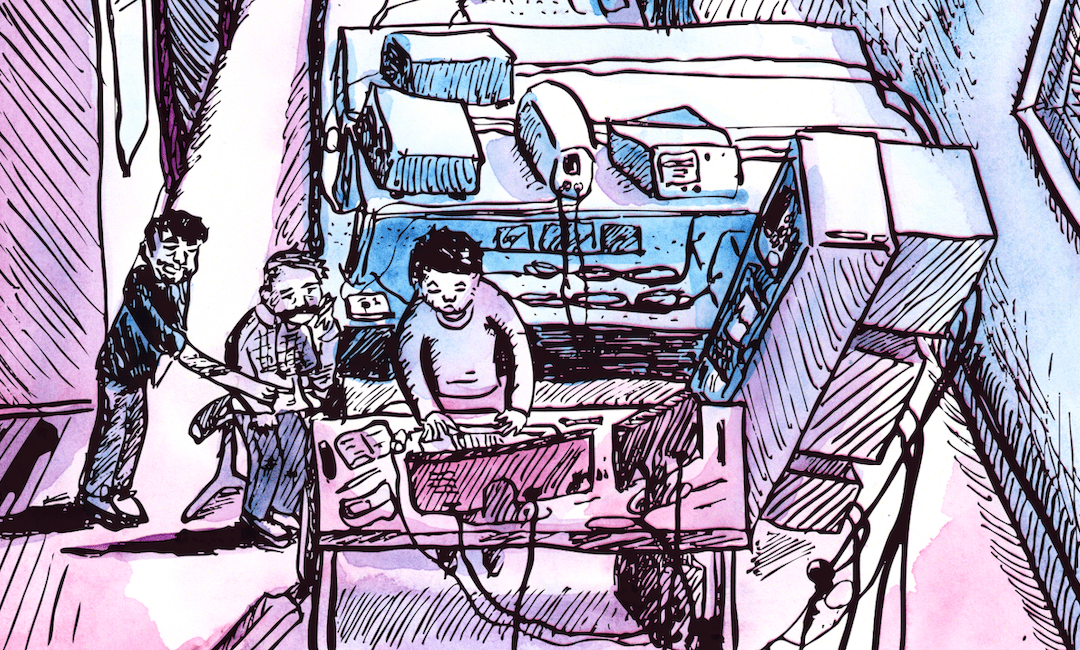
Exhibition – Matériaux et phénomènes illustrés
General public exhibition, free access. At the MPQ laboratory, electronic and photonic chips are designed and manufactured for use in both fundamental research and industrial applications, such as quantum telecommunications and high-precision mechanical sensors.The...

